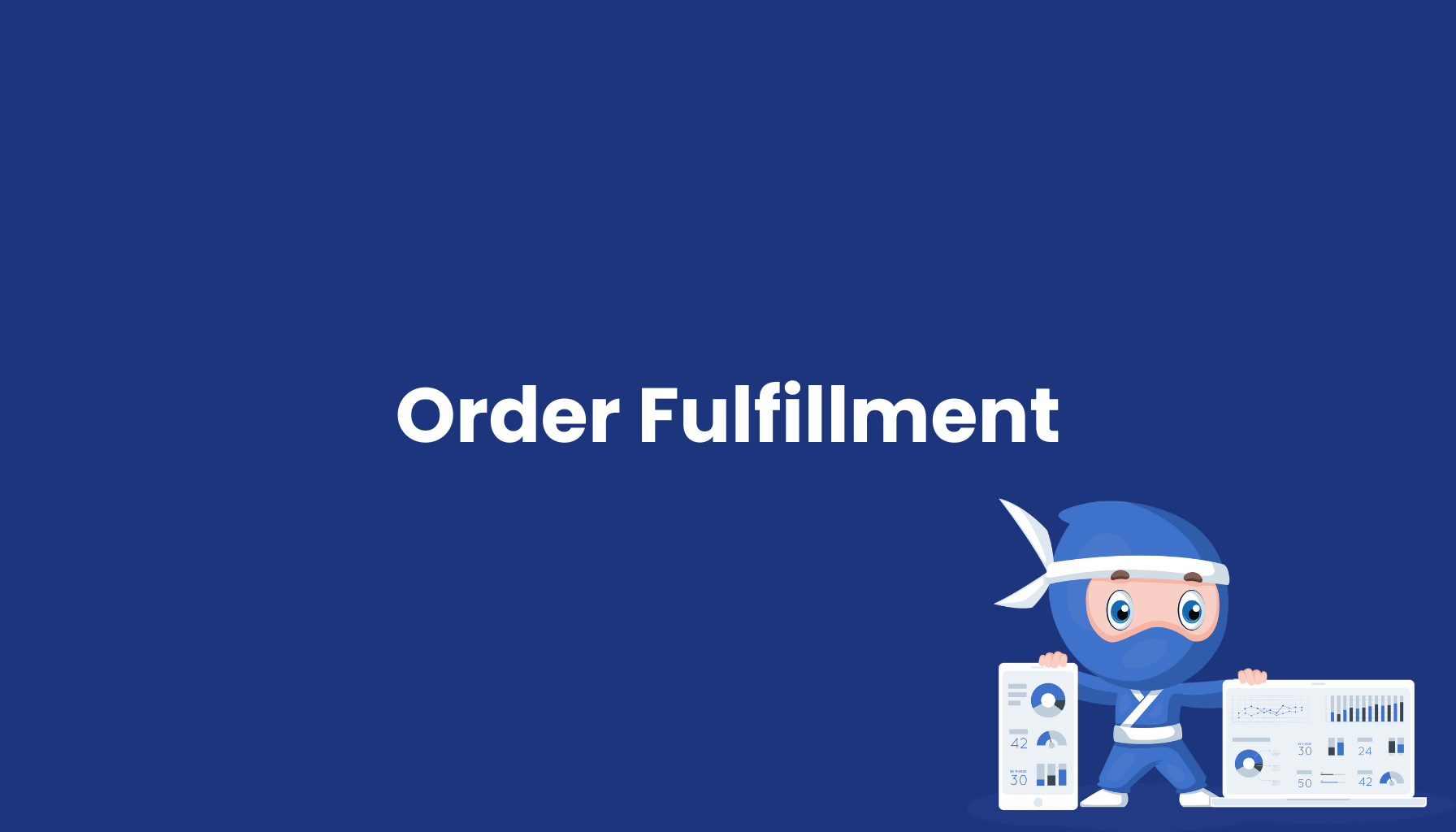Order Fulfillment

Definition
Order Fulfillment refers to the complete process of order processing from order receipt to customer delivery. This comprehensive logistics process includes inventory verification, picking, packing, shipping, and delivery tracking to ensure timely and quality fulfillment of customer orders.
Process Steps and Components
The order fulfillment process consists of defined phases: order receipt and validation, inventory reservation, picking, quality control, packing, shipping processing, and delivery tracking.
Warehouse Management Systems (WMS) orchestrate these workflows through optimal storage allocation and picking routes. Barcode or RFID technology ensures precise inventory management and error prevention.
Integration with Enterprise Resource Planning (ERP) systems enables real-time inventory reconciliation and automatic reordering at minimum stock levels.
Business Benefits
- Customer Satisfaction: Fast, reliable delivery significantly increases customer loyalty and repeat purchase rates
- Cost Optimization: Automated processes reduce personnel costs and minimize picking errors
- Scalability: Standardized workflows enable flexible adaptation to fluctuating order volumes
- Transparency: Real-time monitoring provides complete visibility over order and delivery status
- Competitive Advantage: Superior fulfillment performance differentiates from market competition
Applications
E-Commerce: Online retailers use automated fulfillment centers for same-day or next-day delivery. Multi-channel integration synchronizes inventory between webshop, marketplaces, and brick-and-mortar stores.
B2B Distribution: Wholesalers optimize fulfillment for complex B2B orders with different product categories, delivery schedules, and customer-specific packaging requirements.
Pharmaceutical Industry: Temperature-controlled storage and GDP-compliant processes ensure medication safety. Batch tracking and serialization meet regulatory requirements.
Automotive Logistics: Just-in-time and just-in-sequence delivery for production lines requires precise fulfillment processes with minute-accurate scheduling.
Digital Optimization
Artificial intelligence optimizes demand forecasting and inventory planning for improved availability. Machine learning algorithms analyze historical data for precise demand planning.
Robotic automation accelerates picking and packing. Autonomous Mobile Robots (AMR) efficiently transport goods through warehouse areas.
Internet of Things (IoT) enables real-time monitoring of environmental conditions for temperature or humidity-critical products.
Performance Measurement
Key Performance Indicators include Order Cycle Time, Perfect Order Rate, Cost per Shipment, and Customer Satisfaction Score. Fulfillment Accuracy Rate measures picking quality.
On-Time Delivery Performance and Shipping Damage Rate evaluate delivery reliability and quality. Return Rate Analysis identifies improvement opportunities.
Integration and Scaling
Cloud-based fulfillment platforms enable rapid scaling without infrastructure investments. API integration seamlessly connects various e-commerce platforms and marketplaces.
Third-Party Logistics (3PL) providers offer specialized fulfillment services for companies without own warehouse capacities. Outsourcing enables focus on core competencies.
Future Trends
Micro-fulfillment centers in urban areas dramatically reduce delivery times. Drone delivery and autonomous vehicles revolutionize last-mile delivery.
Predictive analytics anticipates customer demand and proactively optimizes inventory levels. Blockchain technology improves transparency and traceability of complex supply chains.
Order Fulfillment evolves into a strategic competitive tool that equally advances customer experience, operational efficiency, and business growth.


